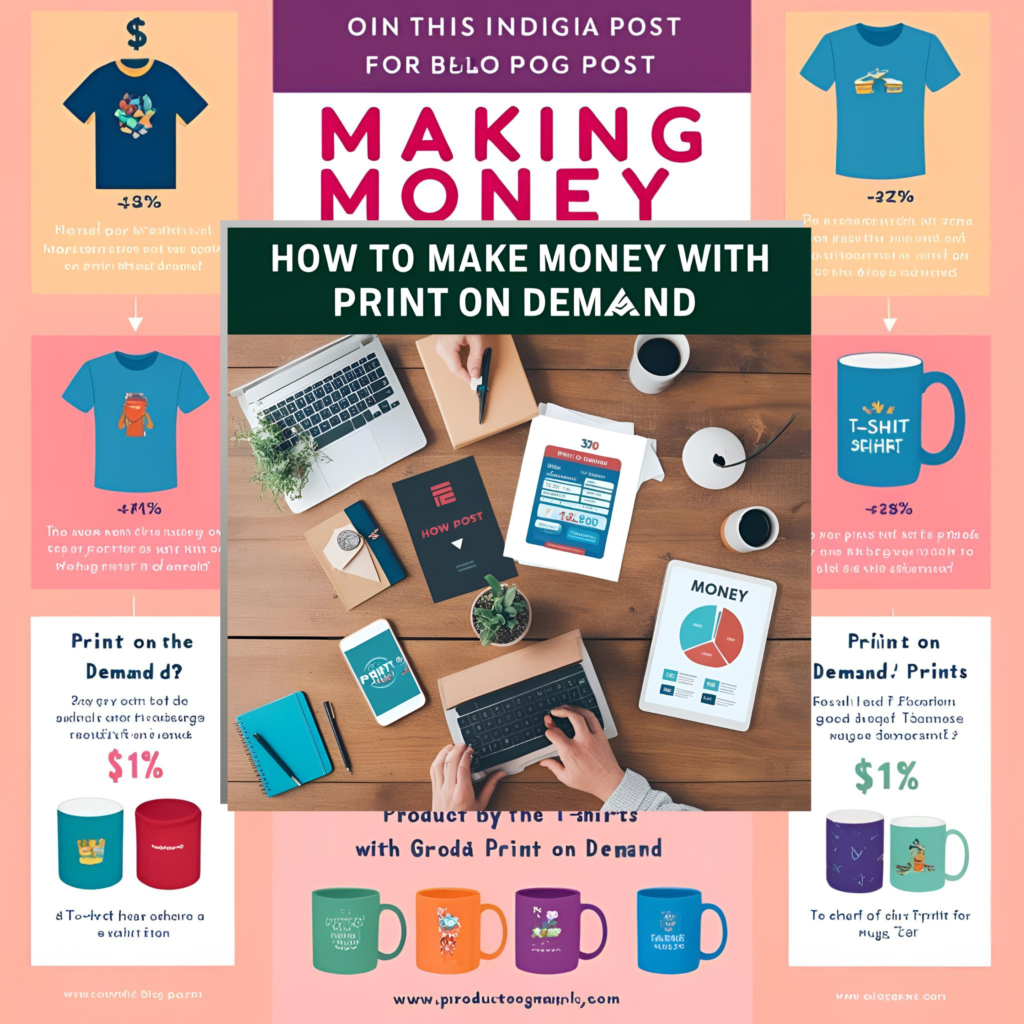Understanding Online Income Opportunities
The digital landscape has transformed the way individuals can generate income, offering a variety of opportunities that cater to diverse skills and interests. One prominent method is freelancing, where individuals offer their services on platforms like Upwork or Fiverr. Freelancing encompasses a wide range of roles such as writing, graphic design, programming, and digital marketing. The flexibility of choosing projects and setting one’s own schedule makes freelancing an attractive option; however, it can also come with uncertainty regarding income stability and client acquisition.
Another significant avenue is affiliate marketing, where individuals promote products or services and earn a commission on sales generated through their referrals. This method can yield substantial earnings for those who can effectively market to their audience. Successful affiliate marketers need to build a platform, whether through a blog or social media, and develop an understanding of their target market, which can be both rewarding and challenging.
E-commerce has also flourished, allowing entrepreneurs to establish online stores. With platforms such as Shopify and Etsy, individuals can sell physical or digital products worldwide. While the potential for profit is considerable, the initial setup, inventory management, and marketing efforts can be daunting for newcomers.
Online courses have gained traction as well, with educators and experts creating content to share their knowledge. Websites like Udemy or Teachable offer a way to reach a large audience, but success often requires substantial promotion and a commitment to quality content.
Lastly, content creation, including blogging and video production, stands as a popular method to earn income through advertising, sponsorships, and merchandise. While it demands creativity and consistency, building a loyal audience can result in significant financial rewards. Each of these methods presents unique advantages and challenges, allowing individuals to select opportunities that resonate with their skills and career aspirations.
Setting Up Your Online Presence
Establishing a robust online presence is a crucial step for anyone looking to make money online. The first action involves creating a professional website or blog, which serves as the cornerstone of your brand. When designing this platform, prioritize a clean layout, intuitive navigation, and mobile responsiveness, as these aspects significantly enhance user experience and credibility. A domain name that reflects your business and is easy to remember will also aid in building trust with your audience.
Content quality cannot be overlooked; your site should offer valuable and informative articles that address the interests of your target demographic. Incorporating search engine optimization (SEO) practices will improve your website’s visibility on search engines, drawing more traffic and potential clients. Regularly updating your content contributes to better ranking in search results, thus reinforcing your online presence.
Beyond your website, leveraging social media platforms is essential for connecting with a broader audience. Each platform offers unique opportunities to engage with users, share updates, and promote offerings. Tailor your content for each platform to maximize engagement; for example, use visually appealing graphics on Instagram while sharing more in-depth posts on LinkedIn. Consistency in branding across all platforms solidifies your identity and fosters recognition and trust.
Building an email list is another fundamental component of your online presence. Offering a newsletter or free resources in exchange for email subscriptions can be effective. This list enables direct communication with your audience, informing them of new content, products, or services. Furthermore, establishing relationships with influencers and participating in networking opportunities online can amplify your reach and attract potential clients or customers. Overall, a well-rounded, professional online presence is vital in making money online.
Monetization Strategies Explained
Exploring monetization strategies is crucial for anyone looking to leverage their internet connection for financial gain. Various methods can be employed, depending on the chosen income opportunity. Understanding these strategies can pave the way for enhanced revenue generation.
Ad revenue is one of the most common monetization methods. By placing ads on a website or blog, individuals can earn money through pay-per-click (PPC) or cost-per-impression (CPM) models. It is essential to choose the right ad networks, such as Google AdSense, that align with your content and audience. Properly optimizing advertisement placement and ensuring it does not detract from user experience will also significantly influence potential earnings.
Sponsored posts represent another lucrative avenue where companies pay content creators to write articles or reviews about their products or services. To attract sponsorships, building a strong following and maintaining high-quality content is paramount. When approached correctly, businesses are willing to invest to reach a targeted audience, thereby boosting your income through these partnerships.
Product sales also present considerable opportunities for monetization. By creating digital products, such as e-books or online courses, content creators can sell to their audiences directly. An effective sales funnel is necessary to convert visitors into customers. Additionally, various e-commerce platforms such as Shopify or Etsy can facilitate these transactions, enhancing user experience and increasing sales potential.
Affiliate marketing is another viable strategy, where individuals recommend products in return for a commission on sales generated through their referral links. Selecting relevant products that resonate with your audience is crucial for success in affiliate marketing. Properly integrated affiliate links within content can drive sales while adding value to readers.
Finally, memberships and subscription models allow creators to provide exclusive content for a fee. By offering compelling incentives, such as unique insights or access to a community, one can build a loyal subscriber base. Utilizing platforms like Patreon can greatly simplify the membership process and manage subscriptions effectively.
Each of these monetization strategies can significantly impact overall revenue when implemented thoughtfully and tailored to the target audience. Engaging with your audience, analyzing performance metrics, and continuously adapting your approach will foster an effective online income strategy.
Tips for Sustaining and Scaling Your Online Income
To effectively sustain and scale an online income, it is crucial to prioritize time management. Allocating specific blocks of time for various tasks can lead to improved productivity and efficiency. Creating a daily or weekly schedule allows individuals to focus on key activities that generate revenue while minimizing distractions. By establishing a routine, it becomes easier to measure progress and identify areas for improvement.
Investing in the right tools and resources plays a significant role in the long-term success of an online income strategy. Utilizing analytics software, for instance, helps track performance and understand user behavior, enabling informed decisions. Additionally, investing in quality graphic design or writing tools can enhance content production, ultimately contributing to higher engagement and conversion rates. When scaling an online business, consider leveraging automation tools to streamline repetitive tasks, thus freeing up time for strategic planning.
The importance of continuing education cannot be overstated when building a sustainable online income. Engaging in regular learning opportunities—such as online courses, webinars, and industry conferences—supports skill development and keeps individuals abreast of emerging trends and technologies. Staying informed about market changes allows for timely adaptations to business strategies, ensuring competitiveness in a rapidly evolving landscape.
Furthermore, consistency and resilience are vital attributes for anyone looking to establish a successful online income stream. Building a loyal audience or customer base takes time and may involve overcoming various challenges along the way. Establishing a regular content schedule, maintaining engagement with followers on social media, and continuously refining content quality contribute to long-lasting success. Recognizing setbacks as opportunities for growth rather than obstacles is crucial for sustainable development.
In conclusion, mastering effective time management, investing in resources, pursuing ongoing education, and cultivating a resilient mindset can significantly impact one’s ability to sustain and scale online income. By integrating these strategies, individuals can ensure that their online ventures thrive in the long term.









